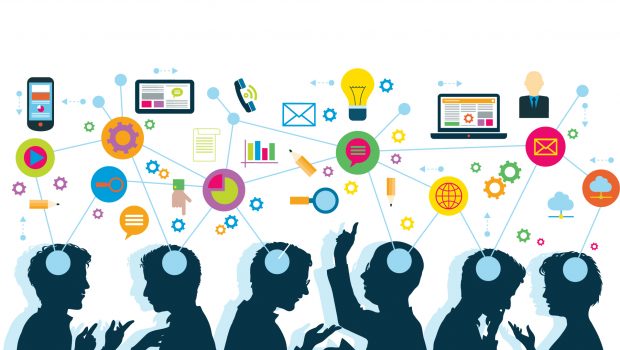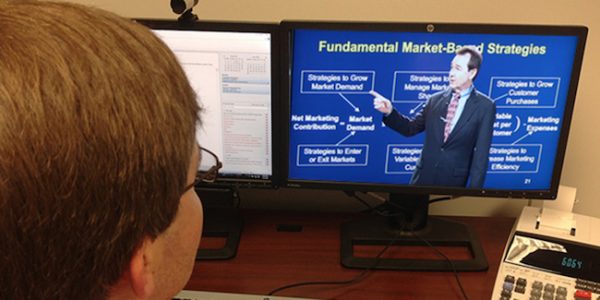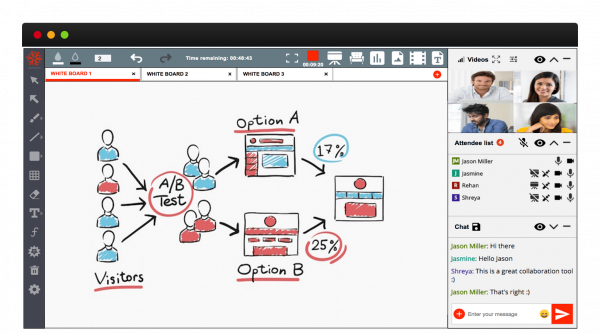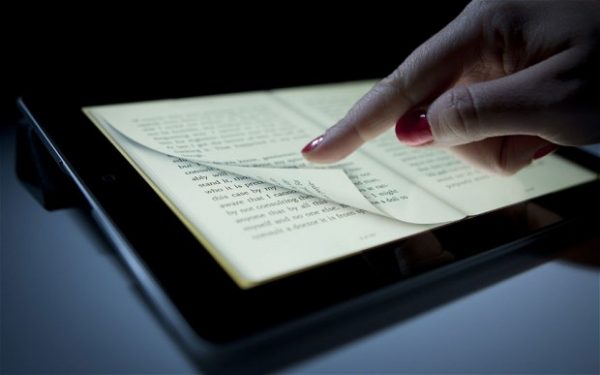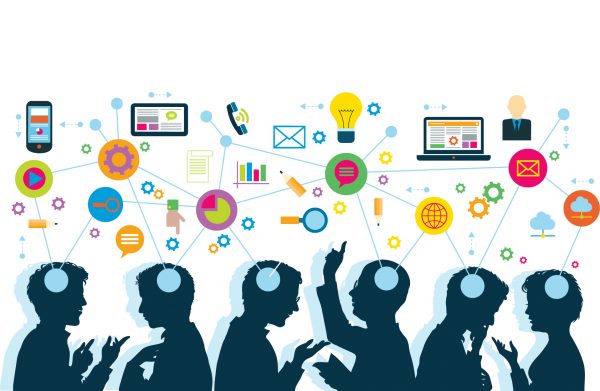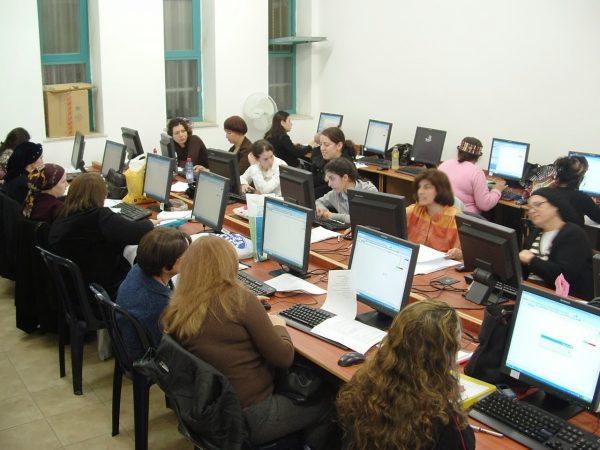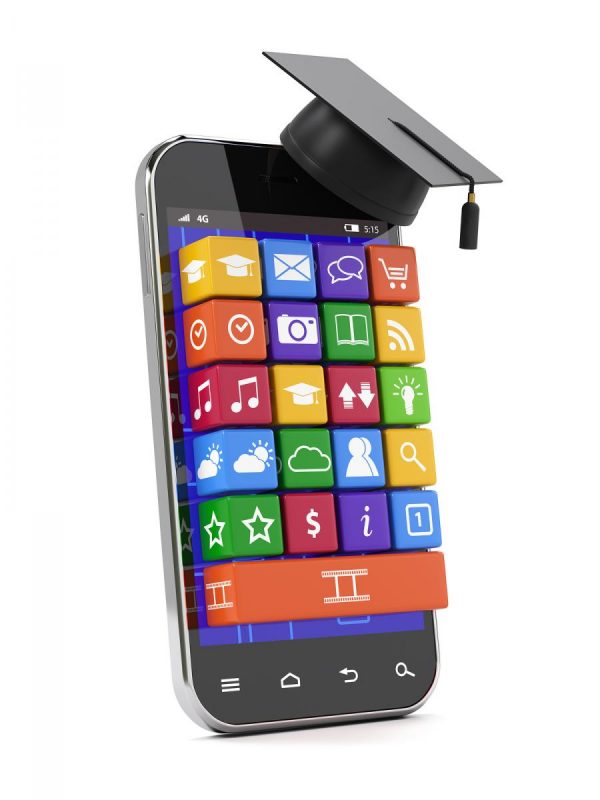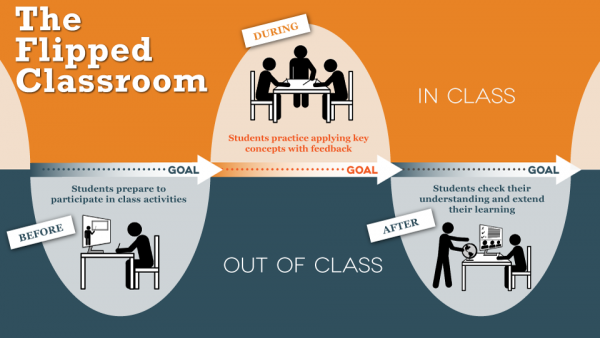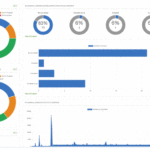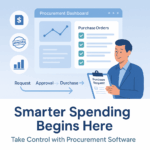10 Eye Grabbing Examples of Emerging Technology in Education
Innovations have transformed the traditional classroom teaching. Technology is being viewed as an enabler. 8 innovative ideas for improving the learning process.
Technology and Education: A Fusion Taking Place
Technology has breathed in a lease of new life in education. There used to be days when education was often at loggerheads with technology considering it to be a distraction. However, things have changed now. Education has joined hands with technology to explore new and better ways of learning. Technology is no longer the distraction. It has become an enabler of education that everybody is excited about.
In past 5 years, the industry has seen so many innovative ways of learning like essay 4 ever crop up that it is really encouraging. There are new methods being tried and new partnerships being formed to improve the quality of learning. Here are the top 10 technology innovations that are rocking the boat of education.
8 Technology Ideas Improving Learning Process
1. Flashnotes
How many of you remember taking copious notes of the lecture during your school or college days? Those messy scribbles jotted down in spiral books were nothing less than gold mine. They were what you referred to when preparing for your exams. There were also other students who borrowed your notes. Now imagine, you being able to sell those notes!
That is what Flashnotes is doing. It is enabling students to upload their lecture notes that can then be purchased by other kids. It has completely transformed the way lecture notes were viewed and shared by students. It has also made high quality first-hand information from lectures available to students who couldn’t attend the class.
2. Online Streaming of Lectures
There was a time when students had to be sitting in a class to attend a lecture by a professor. However, that has changed with lectures being streamed into classrooms. This has made it possible for students from even remote locations to attend lectures. Similarly, some field experts or subjective authorities can address a class of enthusiastic students from just about any corner of the world. Students can also interact with these experts and get some real life exposure into their fields of interest.
3. Collaborative Tools
We have understood that good quality of learning can hardly happen in isolation. Studies have also shown that something can be learnt and understood better in a group than in solitary. This is why group studies have also become such a huge hit. Now technology has taken this a step forward.
There are many digital tools available today that let students and professors collaborate with each other on projects and assignments. They can even collaborate for lectures. Some tools follow the Facebook model where students and professors can follow each other, communicate, and discuss lectures, assignments, or notes. So cool is that!
Similarly, there are some collaborative tools that instructors or teachers can use amongst themselves to plan course material or projects. Here they can share their own lesson plan using a video or PowerPoint presentation and seek opinion from other instructors. This feedback helps them improve their own plan and be more effective in their role.
4. Digital Books
Do you remember how much time you spent in libraries peering over books, flipping through the pages trying to find relevant information? There were times when you had to wait for your turn to be able to get a book because some other student had taken it. Now that has changed forever.
Digital version of books like Chromebooks has made it easy for all students to have access to important reading resourcing without any delay. These digital books can be accessed from the intranet of the college or school. This way students are not dependent on hard copies of the books to be available for study purposes.
5. Personalized Learning
While learning happens best when done in a group, it is also an individual process. Every person has their own preference and comfort level in learning. Their interest areas are different. When teachers are able to tap into these interest areas and preferences, the quality of learning improves tremendously.
To be able to do this personalized learning approach is being adopted where technology plays a huge role. Each student is studied for his or her strengths, weaknesses, preferences, and areas of interest. Based on this a student profile is created that is then used to draw out a learning roadmap that is very personal to the student. This type of personalized learning allows students to master a particular subject and excel in it.
6. Computer Assisted Learning
This particular technology has been around for quite some time. However, it is only recently that it has picked up pace. In a classroom full of students, it can be difficult for a single teacher to pay special attention to kids who are struggling. However, computer assisted learning is now making it possible.
In this concept, the students get learning instructions from a computer. This way the teacher can work personally with students facing difficulties while other students can continue learning at their own pace. They don’t have to wait for others to catch up with them.
7. Mobile Learning Apps
So far smartphones were always considered to be a distraction for students. So much so that many schools had discouraged their students from carrying cell phones in classroom. However, now this distraction is being used as a powerful tool to improve learning.
With apps you can:
- learn languages
- solve complicated math problems
- scan and read at home lecture materials
- organize meetings online, etc.
There are mobile learning apps that students can download on their smartphones and learn complicated concepts in a simplified visual and audio manner. There are also new apps coming up that allow students or teachers to create a network in the classroom. What teachers have found is that these apps give those students a chance to speak up who would normally not do so in traditional classroom setting.
8. Flipped Classroom
This is a concept that brings together two concepts – video streaming of lectures and collaborative learning. Many educators believe that just classroom time in lecturing students is not very effective. Instead they want to encourage detailed discussions. So, what they do is the lectures are given in digital format to the students to stream at home as per their convenience.
The classroom time is then utilized to engage students in one on one discussions, debates, presentations, and brainstorming. This model gives students to share their own ideas and portray their understanding of the topic. It also allows for a more cohesive learning environment where students don’t just learn from the teacher but also from each other.
Conclusion
Technology has introduced so many new concepts and innovations in education that within a few years it would be hard for students to image the traditional classroom learning style. The way that the teachers and the education administrators have embraced technology is just commendable. And to top it all off, this is just the beginning! We are at a cusp of something major that will change the face of education forever. As technology and innovations evolve, one can only imagine what the future holds in store for everybody.

